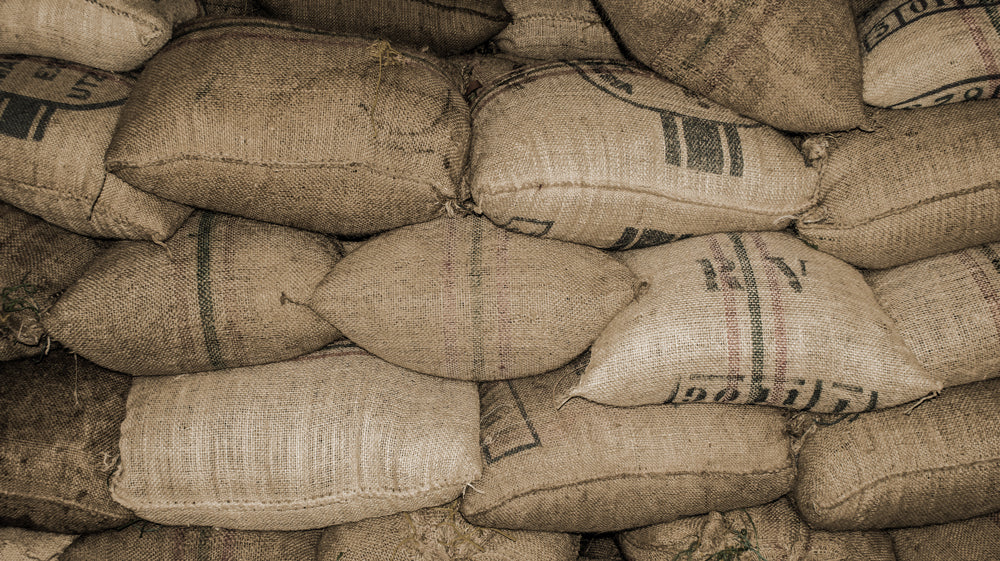
A varietal and a blend are two different things
To start, there are two coffee species that work well for consumption: Arabica and Robusta. Arabica is high quality in the cup, whereas Robusta is easier to grow and more pest-resistant.
Arabica has many names given to its varietals. Examples are Typica, Bourbon, Catuai, Caturra, Pacamara, etc. Some varietals are original, like Typica; others are mutations or hybrids. Some hybrids occur naturally, and sometimes they are developed purposefully in a lab for various reasons, such as being more pest-resistant or more drought-resilient.
"Blends" can be described easily as "a mix..."
There are many ways to mix coffee, and without getting too nerdy, I will say that to create a blend, a roaster would typically roast two or more different coffees and mix them together in the hopes of creating an even better cup of coffee. Preferred ratios and roast levels need to be dialed in to suit taste.
Blends are done for many reasons, but I use them to highlight flavors and keep consistency over multiple harvest seasons—like our most popular Firehouse Blend & Aloha Blend. According to the Specialty Coffee Association of America (which we are a member of), there are over 450 varietals. Due to science and the coffee community's interest in finding solutions, we will continue to face challenges in the farming and roasting process. So, as the coffee industry evolves, the number of blends will continue to grow into infinity.
It's been a great experience to explore and find so many blends for roasting. We look forward to sharing more at our Coffee Roastery Tours—starting this summer.



